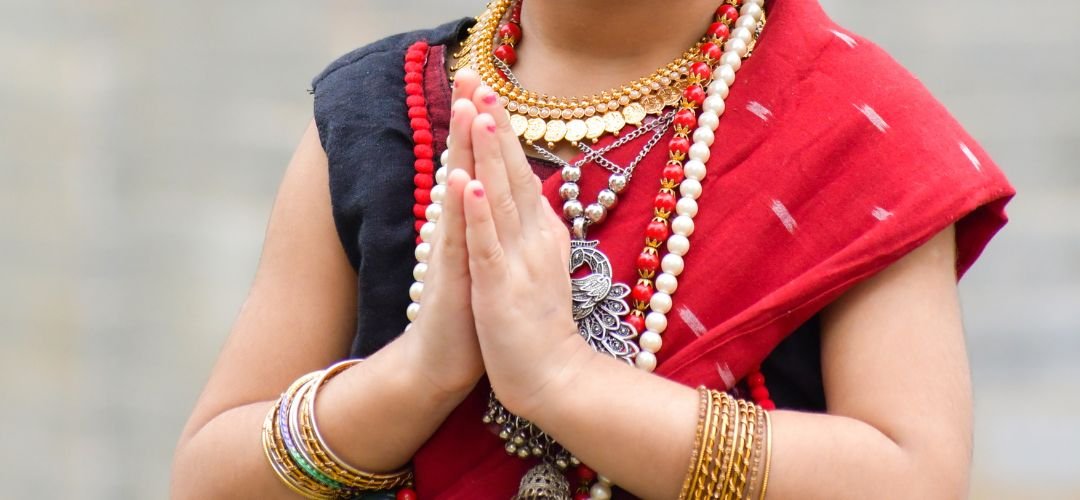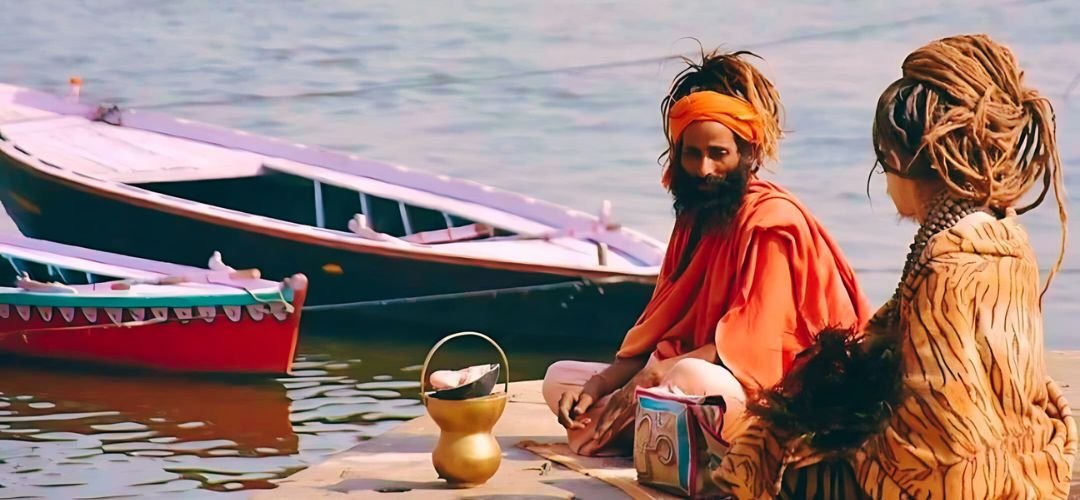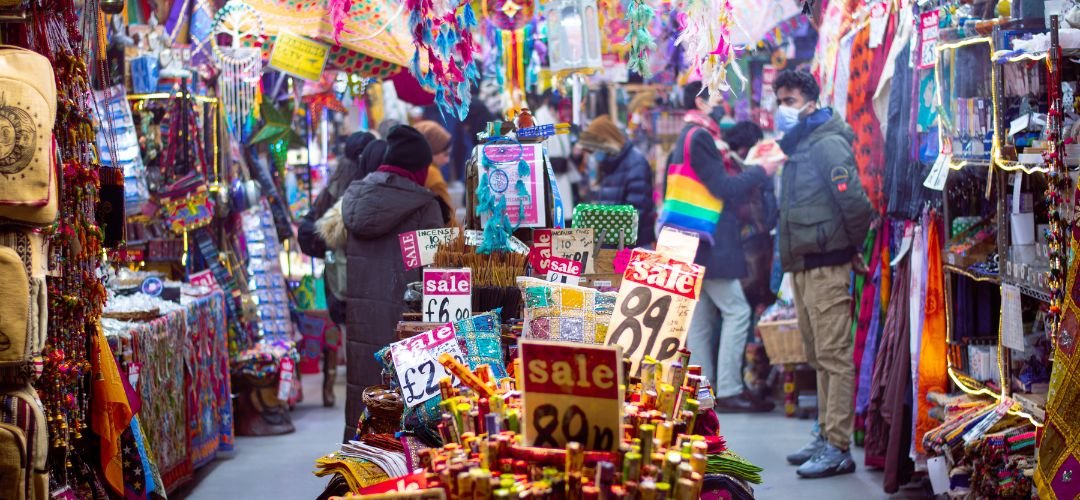Namaste! Is it just a salutation and a way of greeting each other? Does it have any deeper significance? Indian culture is a complex and chaotic mixture of various rituals and traditions, just like most of its cities, towns, food, or even languages. But behind these mind-boggling practices and customs, lies sound logical foundation of thousand years old. Many of these old Indian custom and wisdom lead towards a sound and healthy life. Namaste as a form of no-touch greeting is the greatest example in the current time. Namaste – the traditional greeting in India has definitely got its due crossing the boundaries of language and region. In the meantime let us delve into the meaning of Namaste or Namaskar and what significance does it have in Indian culture.
Namaste Meaning
Namaste is widely used as a greeting in India and Nepal. Along with the uttered word “Namaste”, it is also accompanied by a gesture. The hands are pressed together and placed near your chest with palms touching and fingers pointed upwards. Also, you bow down a little. Sometimes, only the gesture itself without any said words is sufficient as a greeting.
The history of the gesture dates back to several thousands of years. “Namaste” or Namaskar has been mentioned in the Rig Veda, the oldest of the four Vedas, the important Hindu text book. The term has been borrowed from Sanskrit. “Namah” means bow, obeisance or veneration and “te” means you. In short, Namaste stands for I bow down to you. If you delve deeper into the meaning, the word along with the gesture means
“The divine in me bows to the divine in you”.
“The sacred in me recognizes the sacred in you.”
Well, I have seen these lines scribbled unceremoniously across tee-shirts and tote bags. And then I had thought of how the true meaning of Namaste has been lost in everyday conversation.
The gesture of folding hands too has its own significance. In Sanskrit terms, the gesture is known as Hrdayanjali mudra that means reverence from heart, or Atmanjali mudra that means reverence from the soul. There is both humility and respect in the greeting. Namaste means that we are acknowledging ourselves and the person in front of us as a part of the divine creation. In this way, we are considered equal and connect with the other being with a sense of love and gratitude shedding any feelings of ego and arrogance. Isn’t it beautiful?
In Yoga, tips of the fingers are major energy forms. Each fingertip represents certain energy. The little finger represents Tamas or dullness, the ring finger represents Rajas or activity, the middle finger represents Sattva or refinement, the index finger is the individual soul and the thumb represents is the ultimate soul (or Paramatma). So when the fingers are joined together, there is a feeling of calmness and well being.
Namaste ais a no-touch way of greeting and it has a logical reason too. It is also believed that by folding our hands together, we keep our energy protected as opposed to absorbing the other person’s energy (which is usually in the case of handshakes and hugs). As there is no physical contact, the ability for one person to affect another negatively is minimized. Infact, it is well known that the mudras (gestures) in yoga had a specific science behind them.

Namaste as a greeting in India
Namaste is a common greeting in India. Young and old use this salutation when they meet as well as while bidding goodbye. Usually, young greets the older people with Namaste. As a foreign tourist visiting India, you can greet anyone with Namaste and a sweet smile. It can never go wrong!
So next time you are in India or in any part of the world for that matter, greet each other with a Namaste. Not only will this serve the purpose of greeting and salutation, but will also keep you safe from those germs from unwanted touch!
Other forms of greetings without physical contact
Well, Namaste is not the only contact-less gesture in the world. From the Wai in Thailand to Bowing in Japan, many countries follow these gestures as a form of greeting. Here are a few of them.
Salaam of Islam
This is quite common in India as well. The traditional Islamic greeting of “as-salaam `alaikum” (peace be with you) with a hand gesture does not require physical contact. The greeting reflects the idea of a sacred greeting when a person meets another.
Wai in Thailand
This gesture of greeting shows the influence of Hinduism and Buddhism in Thai culture. Wai is the standard greeting across Thailand which involves a gentle bow of the head with one’s hand pressed together in front. This greeting depicts people to be open and peaceful. The Thai Wai is also used in dance performances, apologies and others.
Japanese Ojigi (bowing)
Bowing in Japan was introduced in the seventh century as a form of reverence or obeisance and was the exclusive practice of Japanese nobility. Now, it is the most recognized form of nonverbal greeting. Well, the Japanese bow has gradually evolved from the olden days to the modern bow of today.
Cup and Clap in Zambia
While shaking hands is common in Zambia, there is also a greeting form without physical contact. In this, you have to cup your hand together and then clap a couple of time while saying “mulibwanji” (means hello) or “mwakabwanji” (means good morning)
For all the sci-fi nerds and Star Trek Fans, there is also the finger separating Live-Long-and-Prosper Salute of Dr. Spock played by Leonard Nimoy!

Please spread the love and share it with others…





“Namaste” is the most commonly known Sanskrit greeting. Literally, “namah” means “salutations” and “te” means “to you,” so namaste means “salutations to you”. However,
“Namaskara” is more polite, and is appropriate for greeting a teacher, parent, or boss. “Kara” means “making or doing,” so combined with “namah,” this phrase means “making reverence.”
Unique content. Yes, the gesture of Namaste is lovely.